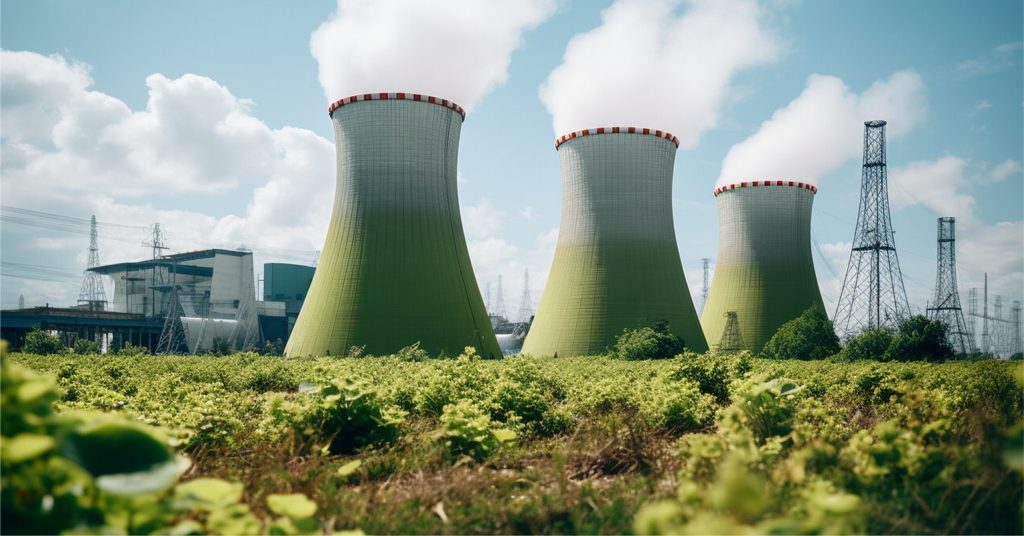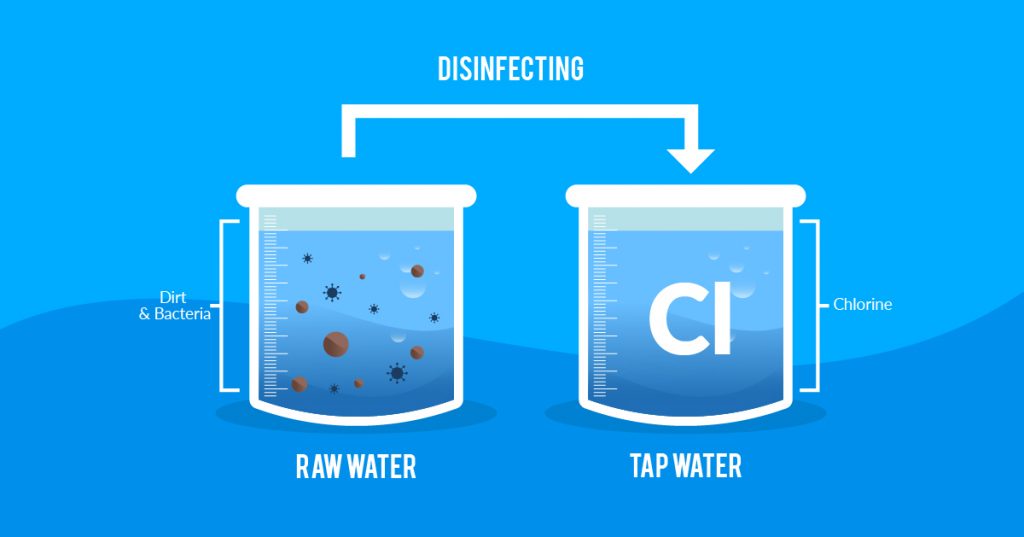The USA generates millions of tons of waste annually, much of which ends up in landfills, contributing to environmental pollution and greenhouse gas emissions. As the demand for sustainable waste management grows, the concept of waste to energy is gaining traction. A waste-to-energy plant offers a practical and eco-friendly way to transform waste into renewable energy, reducing landfill dependency while generating power for communities and industries.
This blog explores the potential of waste-to-energy technology, its benefits, the efficiency of waste-to-energy plants, and how it contributes to a sustainable future in the USA.
What Is Waste to Energy?
Waste to energy refers to the process of converting non-recyclable waste into usable energy, typically in the form of electricity, heat, or fuel. This is achieved by utilizing advanced waste-to-energy technology, which involves thermal, biological, or chemical processes to break down waste materials and extract energy.
A waste-to-energy plant is designed to process various types of waste, including municipal solid waste, industrial waste, and organic waste. These facilities not only help manage waste effectively but also reduce greenhouse gas emissions by diverting waste from landfills.
How Waste to Energy Technology Works?
Waste-to-energy technology employs several methods to convert waste into energy. The most commonly used processes include:
- Combustion (Incineration): Waste is burned at high temperatures, producing heat, which is used to generate steam and drive turbines to produce electricity.
- Gasification: Waste is heated in a low-oxygen environment to produce syngas (synthetic gas), which can be used to generate electricity or as a raw material for chemical production.
- Anaerobic Digestion: Organic waste is broken down by microorganisms in an oxygen-free environment, producing biogas that can be used as fuel or converted into electricity.
- Pyrolysis: Waste is decomposed at high temperatures in the absence of oxygen, producing synthetic oil, gas, and charcoal.
Each waste-to-energy technology is tailored to specific types of waste, offering flexibility and adaptability for various applications.
Benefits of Waste to Energy Plants
The growing adoption of waste-to-energy plants in the USA can be attributed to their numerous environmental, economic, and social benefits.
- Reduction in Landfill Waste: By converting non-recyclable waste into energy, these plants reduce the volume of waste sent to landfills, thereby minimizing environmental pollution and conserving land.
- Renewable Energy Production: Waste-to-energy plants contribute to the energy grid by generating electricity, heat, or fuel, providing an alternative to fossil fuels.
- Lower Greenhouse Gas Emissions: Incinerating waste or processing it through waste-to-energy technology emits significantly fewer greenhouse gases compared to landfilling.
- Resource Recovery: In addition to energy, waste-to-energy plants recover valuable metals and materials that can be recycled, further promoting a circular economy.
- Job Creation: These plants create employment opportunities in waste management, energy production, and technology development.
The Role of Waste to Energy in the USA
As the USA faces growing challenges in managing waste and reducing its carbon footprint, waste-to-energy technology offers a sustainable solution. Cities and municipalities across the country are turning to waste-to-energy plants to address landfill shortages, meet renewable energy targets, and achieve sustainability goals.
For instance, states like California, Florida, and Massachusetts have been at the forefront of implementing waste-to-energy projects. These plants provide reliable energy while addressing the issue of waste management, making them a critical component of the country’s green initiatives.
Scaling Waste to Energy Solutions with Ion Exchange Expertise
At Ion Exchange, they provide innovative, tailored solutions for treating both solid and liquid waste, using advanced technologies such as biogas, compressed biogas (CBG), pyrolysis, and torrefaction. Their customized waste management systems are designed to meet your specific input materials and requirements, ensuring efficient and sustainable operations. By partnering with us, you can transform waste into valuable resources with the help of cutting-edge technology and personalized service. Our offerings include:
Conclusion
A waste-to-energy plant represents a sustainable solution to two of the USA’s pressing challenges: waste management and renewable energy generation. By harnessing advanced waste-to-energy technology, these plants effectively reduce landfill dependency, lower greenhouse gas emissions, and provide a reliable source of energy.
The efficiency of waste-to-energy plants has improved remarkably, making them an essential component of the country’s sustainability efforts. As the USA continues to prioritize eco-friendly practices, waste to energy will remain a key pillar in creating a cleaner, greener future.





